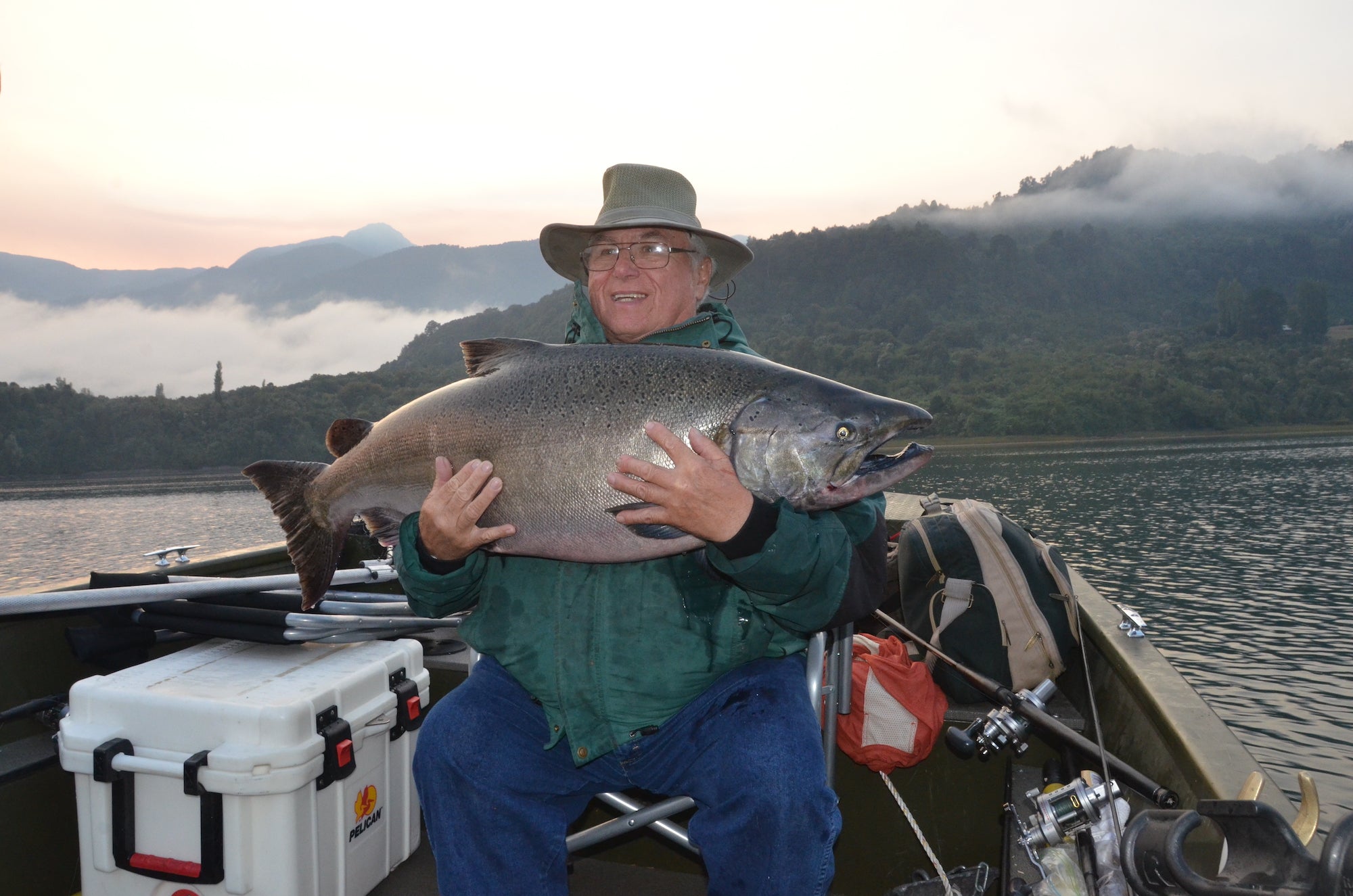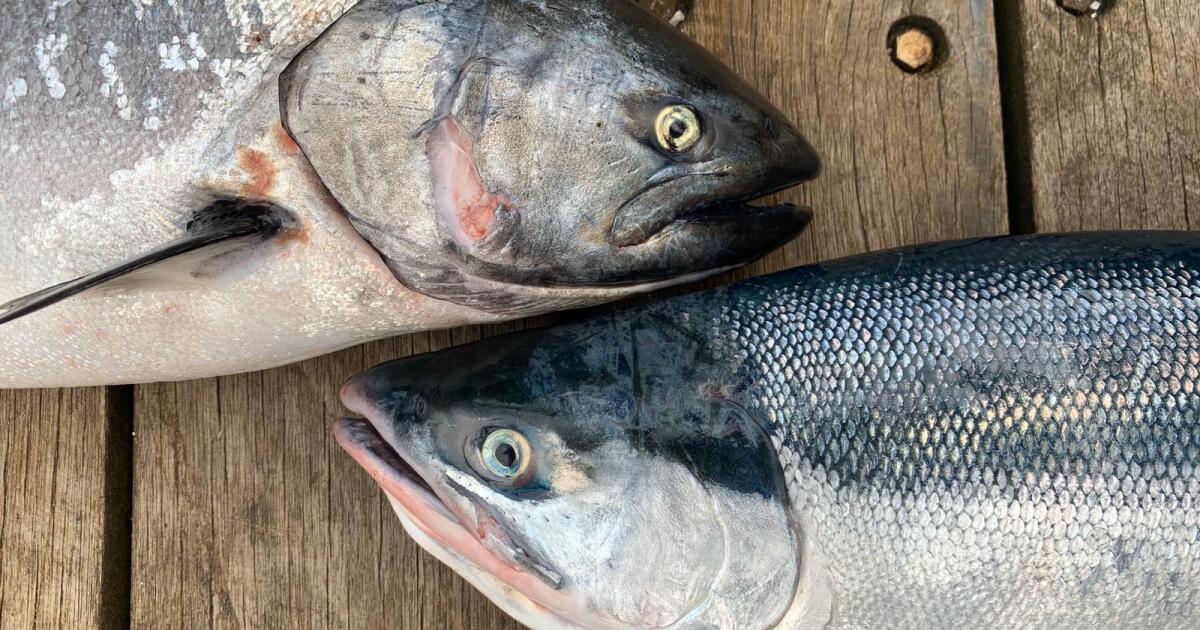I think we have far larger issues than anything driven by fishing...
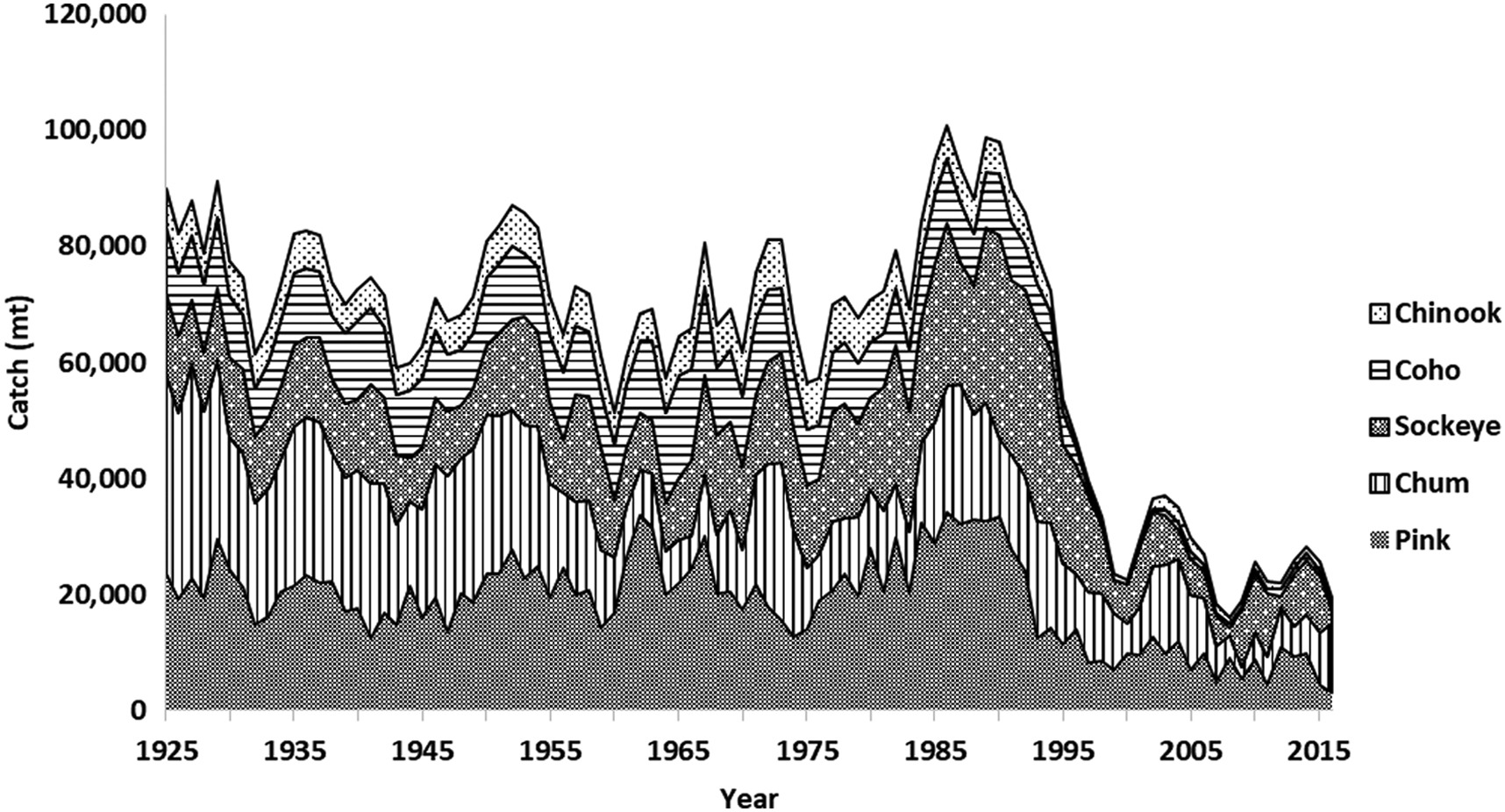
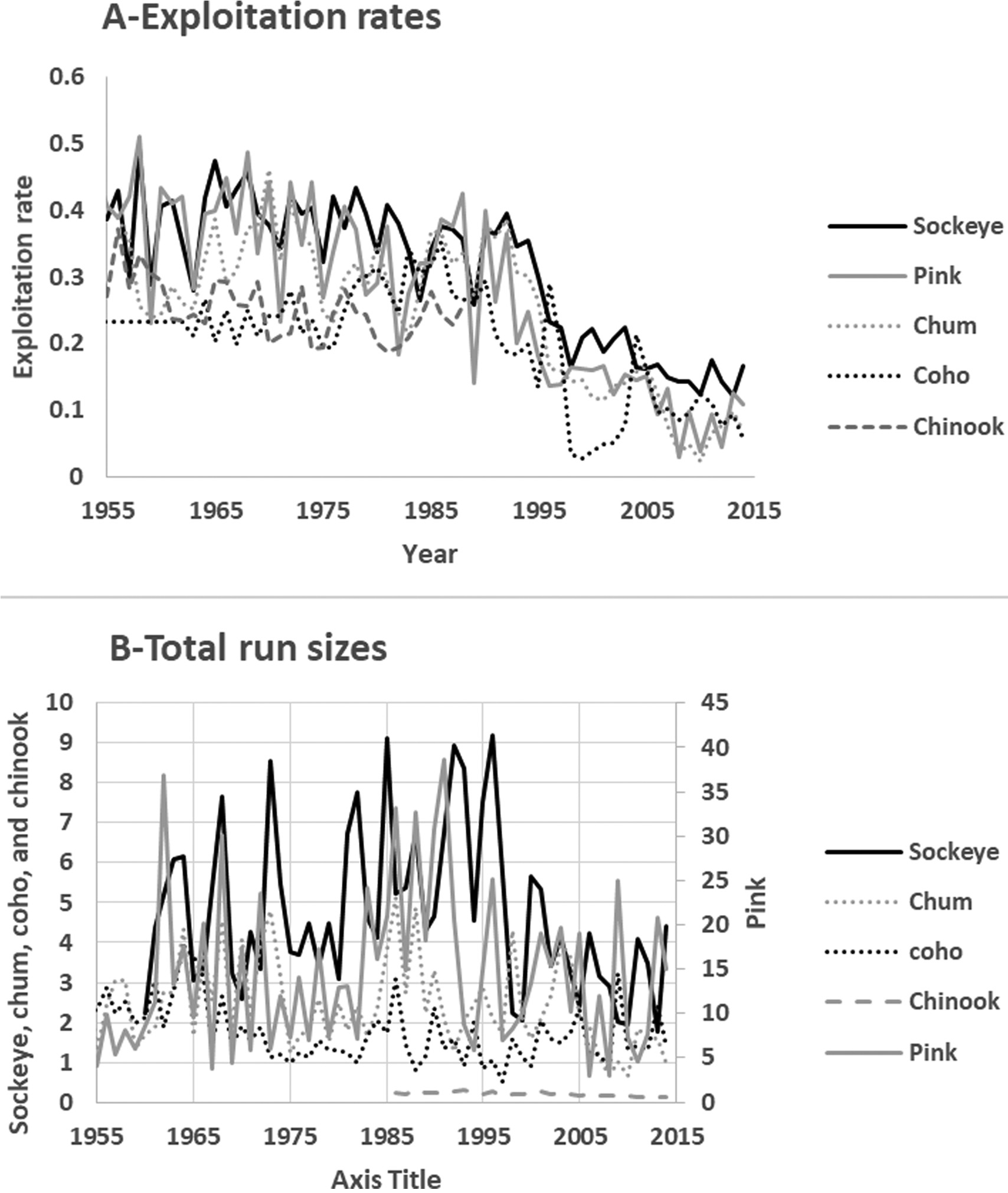
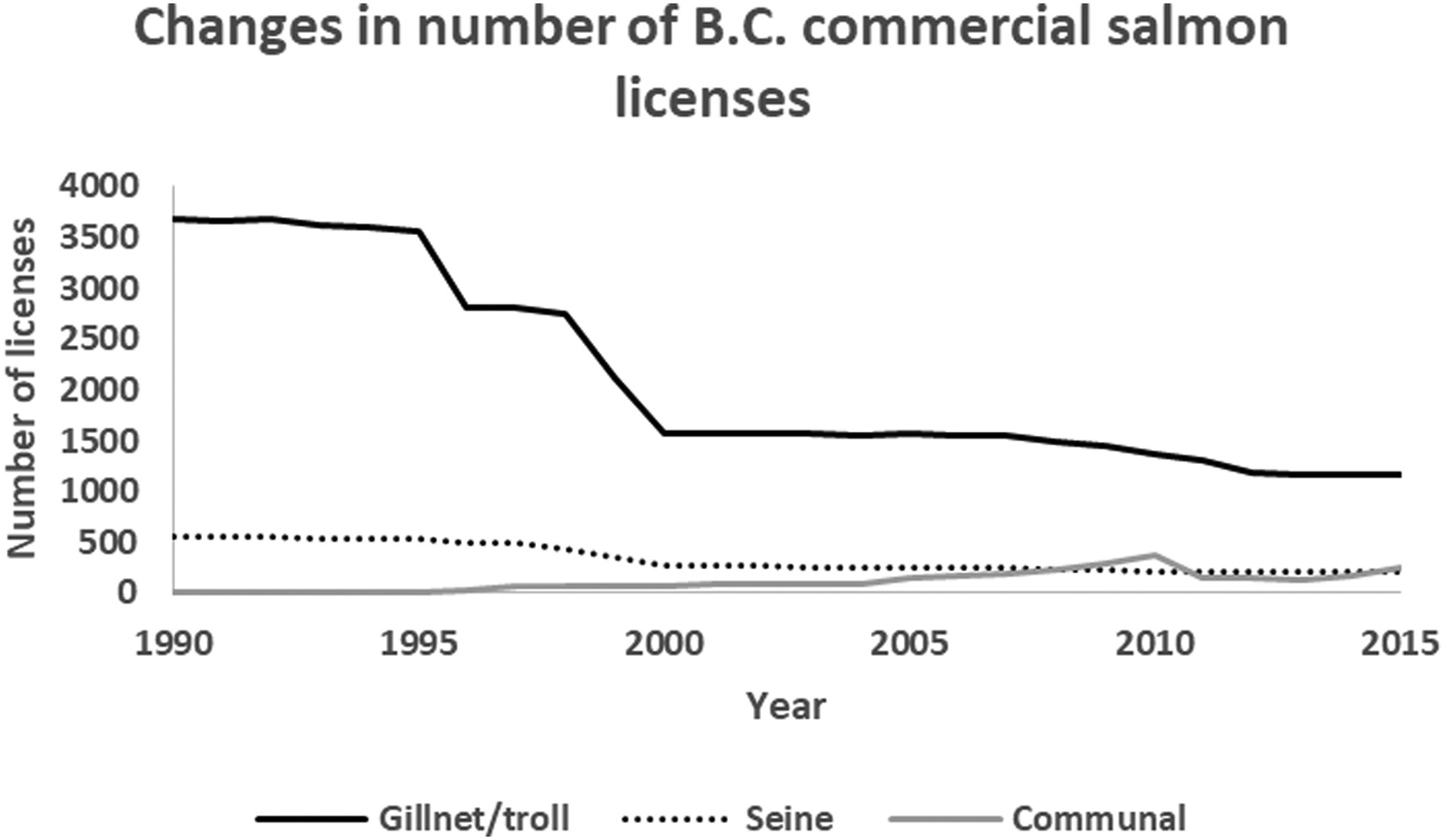
I think we have far larger issues than anything driven by fishing...



Not in BC, Wash, Ore, Calhttps://fisheries.org/2018/04/new-research-quantifies-record-setting-salmon-abundance-in-north-pacific-ocean/#:~:text=There are more Pacific salmon,4% of total salmon catch.
- There are more Pacific salmon now than ever before since comprehensive statistics began to be collected in 1925 (i.e., catch plus spawning escapement).
That's the point though: Alaska and Russia are hijacking the entire Pacific with all of the ocean ranched hatchery fish. Alaska has exactly the same problem with its wild chinook size and numbers as we do and they have near pristine habitat.Not in BC, Wash, Ore, Cal
Unless the international politics change I think the nuclear option is our only scientific option to have any fish available to catch.Canada is a big looser in this, I believe there will come a time in the future where they will negotiate hatchery production as part of a treaty and because Canada's hatchery production is almost nil comparatively will come out as big losers in the negotiations.
should go with the nuclear option and push out as much hatchery fish and force the hand
Unless the international politics change I think the nuclear option is our only scientific option to have any fish available to catch.
Wild salmon and steelhead are remarkably prolific when they are given a chance. Chinook are invasive and grow to huge sizes in Chile. Chile has 25 or more times the density of fish farms as BC does and still the chinook are exploding in size and numbers. Alaska has no "fish farms" and its chinook are also failing like BC's. What Chile doesn't have is pink salmon ranching..
Don't forget the SRKW deaths / low birth rates have an extremely statistically significant 2 year pattern for which the only explanation available so far is the huge increase in pink salmon: ocean ranching is a major cause of that.
https://vancouversun.com/news/local...-three-times-more-likely-to-die-in-even-years
